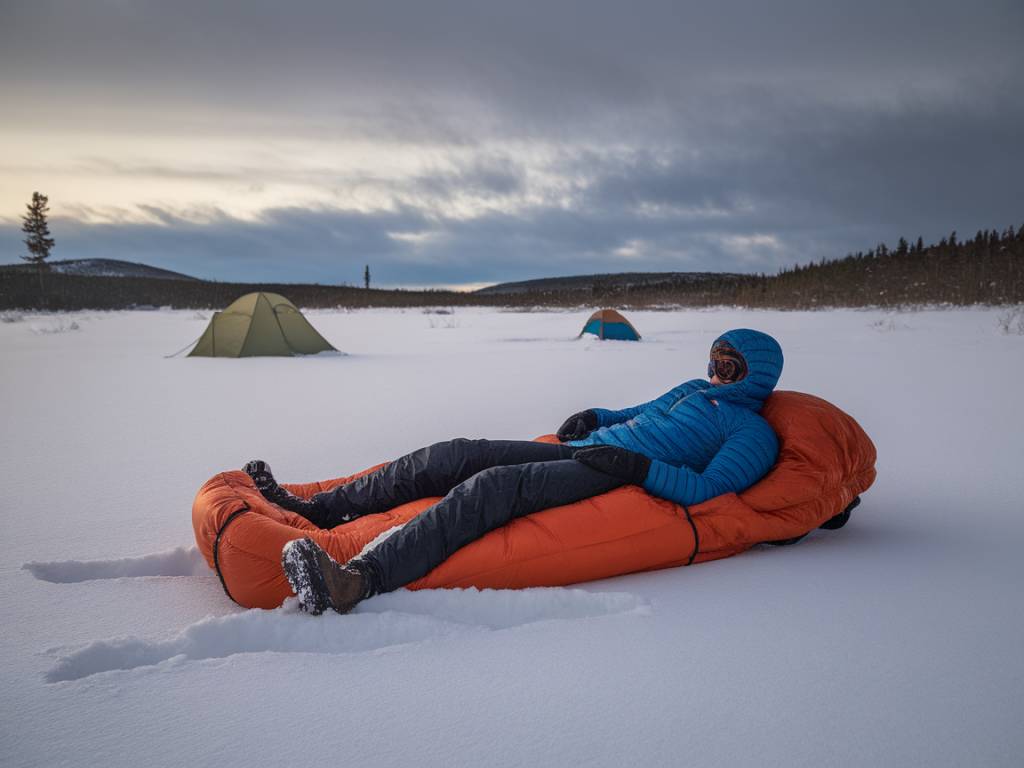
A guide to choosing the best sleeping bags for extreme weather
When it comes to extreme weather adventures, the importance of choosing the right sleeping bag cannot be overstated. Whether you are venturing into the Arctic tundra or embarking on a high-altitude expedition, the right sleeping bag can be the difference between a restful sleep and a perilous night. In this guide, I’ll help you navigate the complexities of selecting the best sleeping bag for extreme weather conditions, covering essential considerations, from insulation types to temperature ratings.
Understanding Temperature Ratings
One of the first things to look for when choosing a sleeping bag for extreme weather is its temperature rating. Manufacturers usually provide temperature ratings based on standardized testing, which can help you understand the level of warmth a sleeping bag can provide. These ratings include the Comfort rating, the Lower Limit, and the Extreme rating.
Comfort Rating: This is the temperature at which a standard adult woman can expect to sleep comfortably.
Lower Limit: This is the lowest temperature at which a standard adult man can sleep for eight hours without waking due to cold.
Extreme Rating: This is the survival rating where a standard adult woman can endure for six hours without risk of hypothermia.
Insulation Types
The type of insulation a sleeping bag uses plays a crucial role in its performance under extreme weather. There are generally two types of insulation: down and synthetic. Each has its pros and cons, and the choice depends largely on your specific needs and conditions.
Down Insulation: Down is derived from the plumage of ducks or geese. It is known for its superior warmth-to-weight ratio and excellent compressibility. High fill power down (800 fill power or more) offers better insulation and is lighter. However, down loses its insulating properties when wet and is generally more expensive.
Synthetic Insulation: Synthetic fibers like PrimaLoft or Thermolite are used in these sleeping bags. Synthetic insulation is bulkier and slightly heavier than down but performs better when wet and is typically less expensive.
Consider the Shape
The shape of the sleeping bag can impact both comfort and heat retention. There are three primary shapes to consider: mummy, rectangular, and semi-rectangular (also known as barrel-shaped).
Mummy: Mummy bags are the most efficient at retaining heat. They taper towards the feet and have hoods that can be cinched tight, minimizing the space your body must heat.
Rectangular: These offer more room to move around but provide less thermal efficiency. They are generally better for mild conditions.
Semi-rectangular: This is a compromise between the mummy and rectangular shapes, offering more room than a mummy but better heat retention than a rectangular bag.
Choosing the Right Shell and Lining
The outer shell and inner lining materials of a sleeping bag also contribute significantly to its overall performance. The outer shell needs to be durable and water-resistant, while the inner lining should focus on comfort and wicking moisture away from your body.
Outer Shell: Ripstop nylon or polyester is a popular choice for the outer shell. Some bags also include a DWR (Durable Water Repellent) coating to offer additional protection against moisture.
Inner Lining: The inner lining should be soft and breathable. Look for materials like polyester taffeta or a brushed fabric for added comfort.
Weight and Packability
When trekking in extreme conditions, every ounce counts. While down sleeping bags generally offer superior weight-to-warmth ratios, modern synthetic bags are becoming increasingly competitive. Always consider both the packed size and weight of the sleeping bag.
Compression Sacks: Most high-quality sleeping bags for extreme weather come with a compression sack that allows you to reduce the packed size significantly. Make sure the bag can be easily compressed to fit into your backpack or trekking gear.
Additional Features
Extra features can also make a big difference in extreme weather scenarios. Here are some features to look out for:
- Draft Tubes: These are insulated tubes along the zipper to prevent heat loss.
- Draft Collars: These insulated collars around the neck area help to seal in warmth.
- Hood: A good hood can make a big difference in keeping your head warm, which is crucial for overall body warmth.
- Zipper Quality: High-quality zippers are less likely to snag and break, providing reliable access and ventilation.
- Footbox: An ergonomic footbox gives more room for your feet and can enhance comfort.
Verify the EN/ISO Standards
The European Norm (EN) and International Organization for Standardization (ISO) provide standardized testing methods for temperature ratings of sleeping bags. Always look for bags that comply with these standards, as they offer a reliable benchmark for performance.
EN 13537 (soon to be replaced by ISO 23537) gives a detailed assessment of sleeping bags in different temperature zones, making it easier to compare different products.
Maintenance and Care
Proper care and maintenance will extend the life of your sleeping bag, ensuring it performs optimally in extreme conditions. Here are some maintenance tips:
- Storage: When not in use, store your sleeping bag in a large, breathable storage sack rather than a compression sack to maintain its loft.
- Cleaning: Follow the manufacturer’s instructions for cleaning. Down bags generally need more careful treatment and specialized detergents.
- Drying: Ensure that the bag is completely dry before storage to prevent mildew and odors.
Popular Brands and Recommendations
Several brands are renowned for producing high-quality sleeping bags for extreme weather:
- Western Mountaineering: Known for their down sleeping bags, offering exceptional warmth and lightweight options.
- Mountain Hardwear: A variety of down and synthetic options known for durability and performance.
- Therm-a-Rest: Offers both down and synthetic insulated sleeping bags, focusing on ultralight and high-performance needs.
- Rab: Known for their advanced insulation technology and high-quality materials.
When it comes to choosing the best sleeping bag for extreme weather, it all boils down to understanding your specific needs and conditions. By considering temperature ratings, insulation types, shape, materials, and additional features, you can make an informed decision that ensures a safe and comfortable sleep in even the harshest environments. Always remember to verify compliance with EN/ISO standards and take good care of your gear for long-lasting performance.

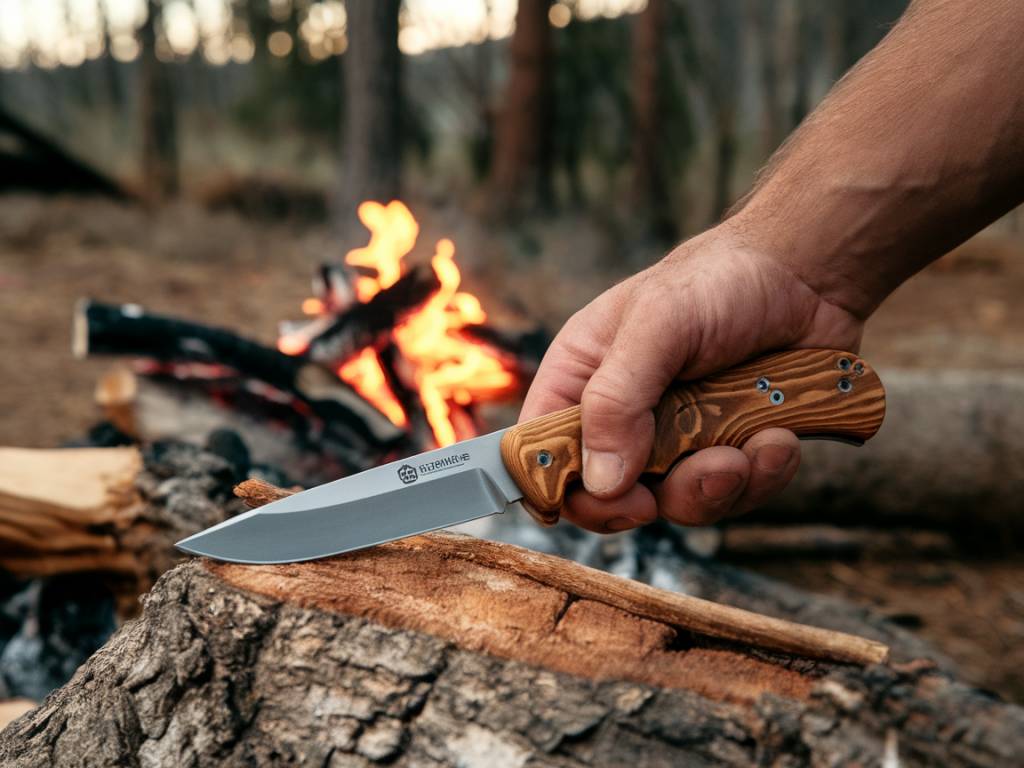 Best survival knives for outdoor adventures
Best survival knives for outdoor adventures 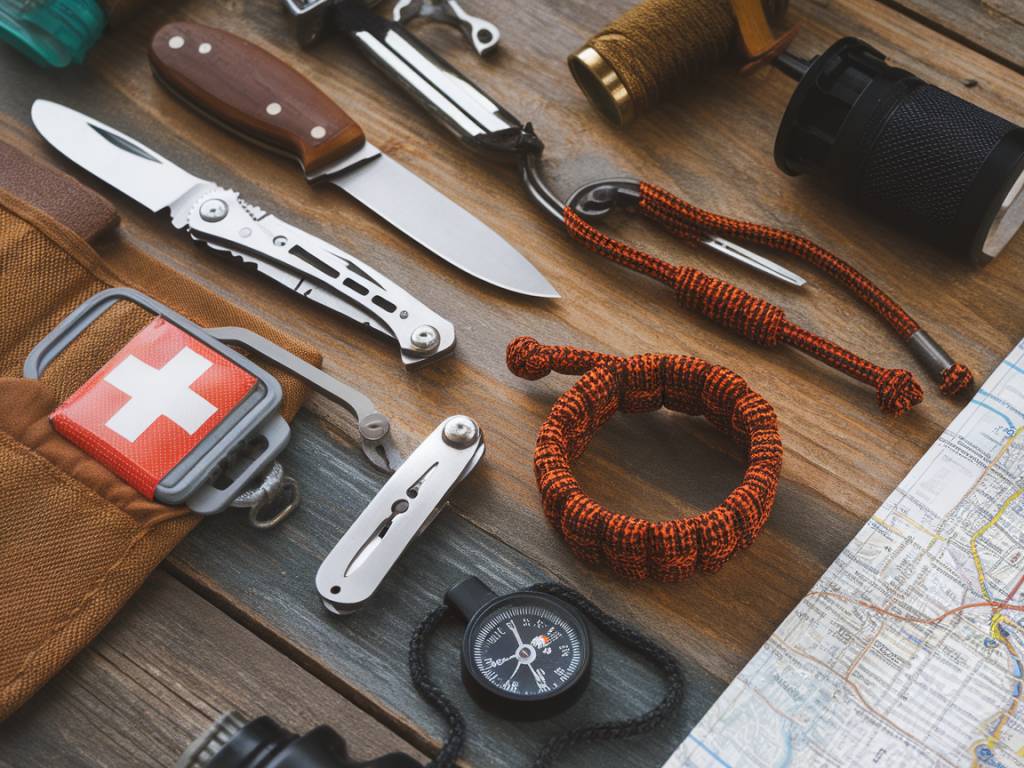 10 must-have survival tools for any adventure
10 must-have survival tools for any adventure  Wild foraging: identifying edible plants in the wilderness
Wild foraging: identifying edible plants in the wilderness 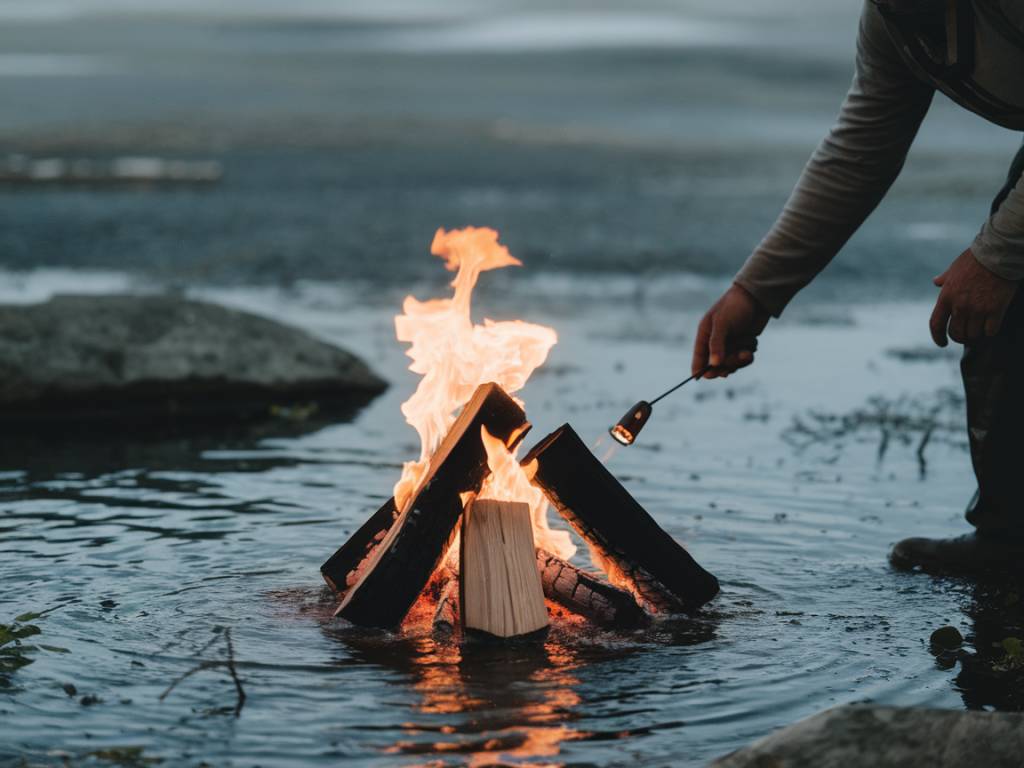 How to make a fire in any weather conditions
How to make a fire in any weather conditions 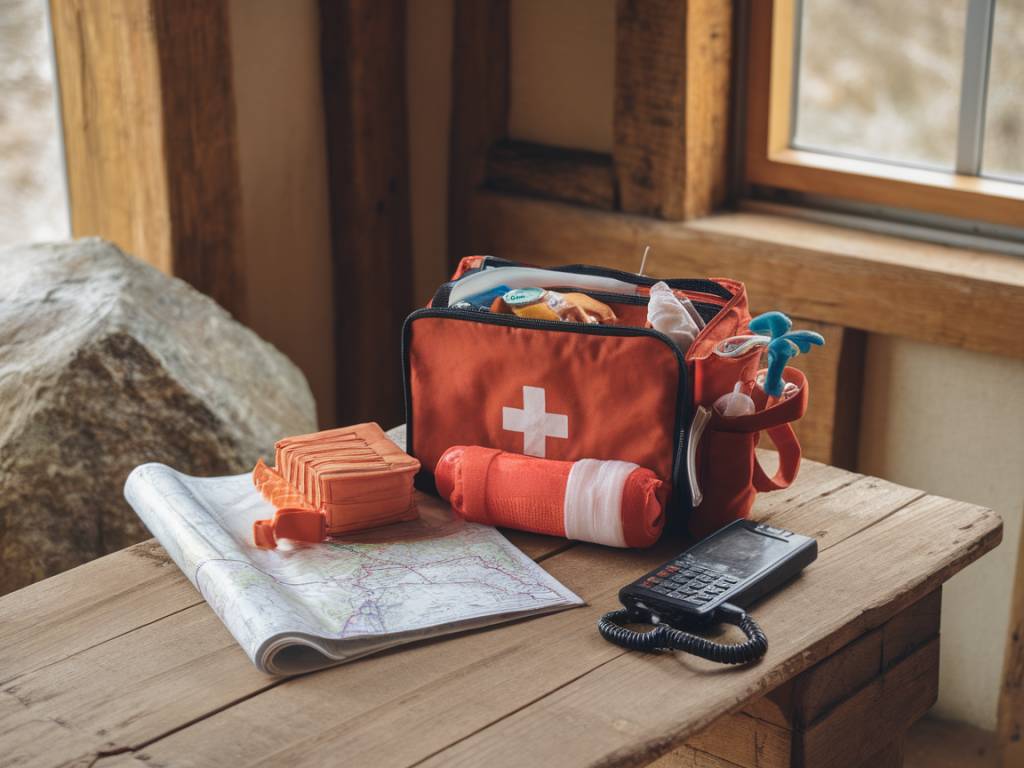 How to handle emergencies in remote locations
How to handle emergencies in remote locations 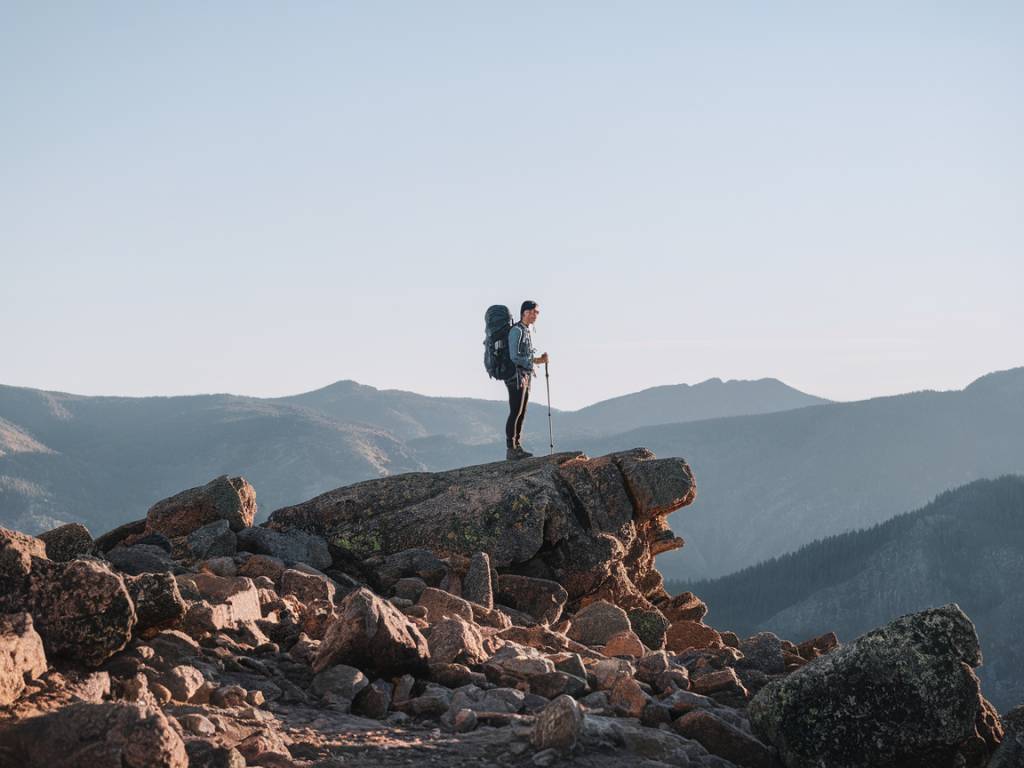 How to stay safe while solo hiking in remote areas
How to stay safe while solo hiking in remote areas 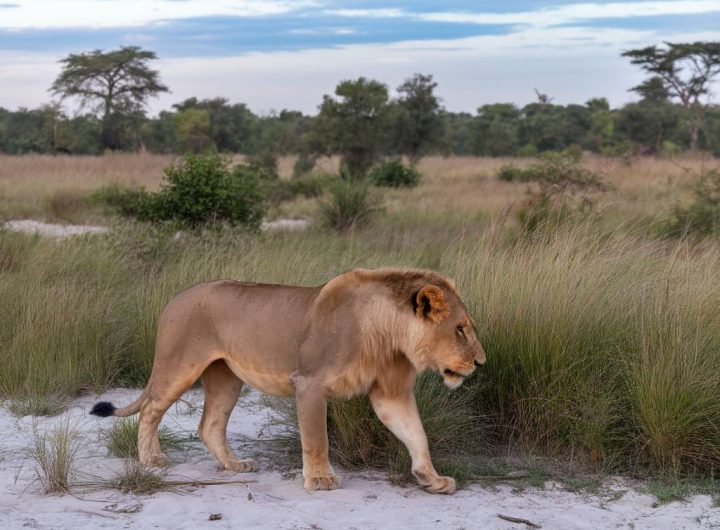 Best African safari destinations: top 5 experiences in Africa
Best African safari destinations: top 5 experiences in Africa 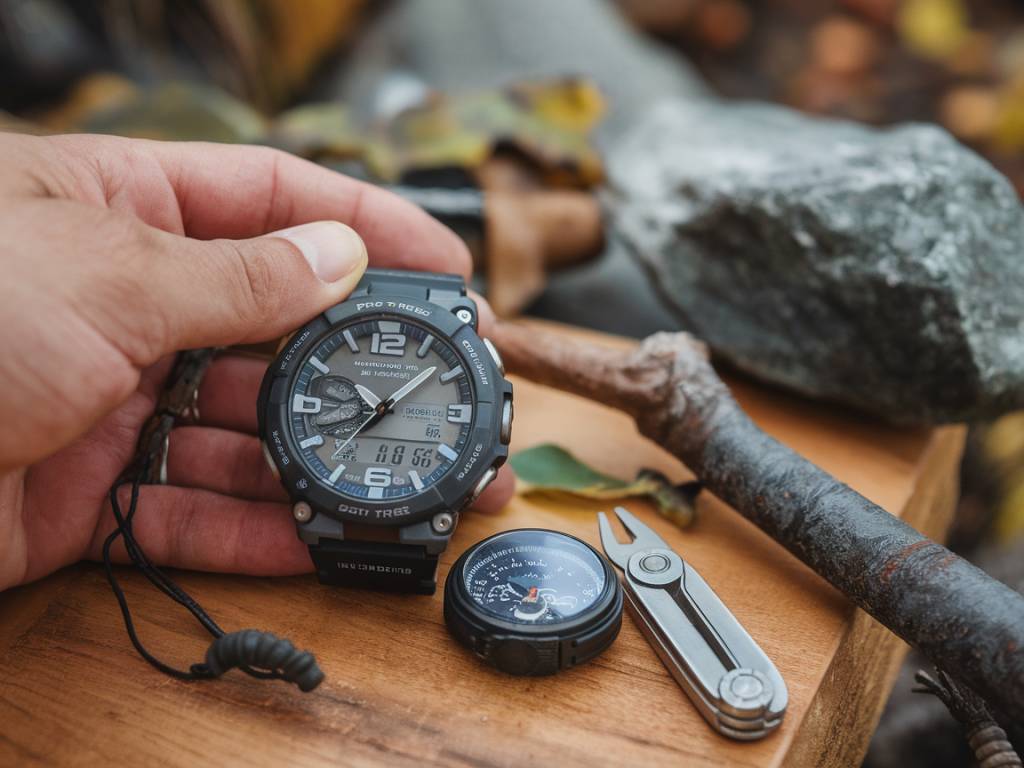 Top 5 adventure watches with gps and survival features
Top 5 adventure watches with gps and survival features 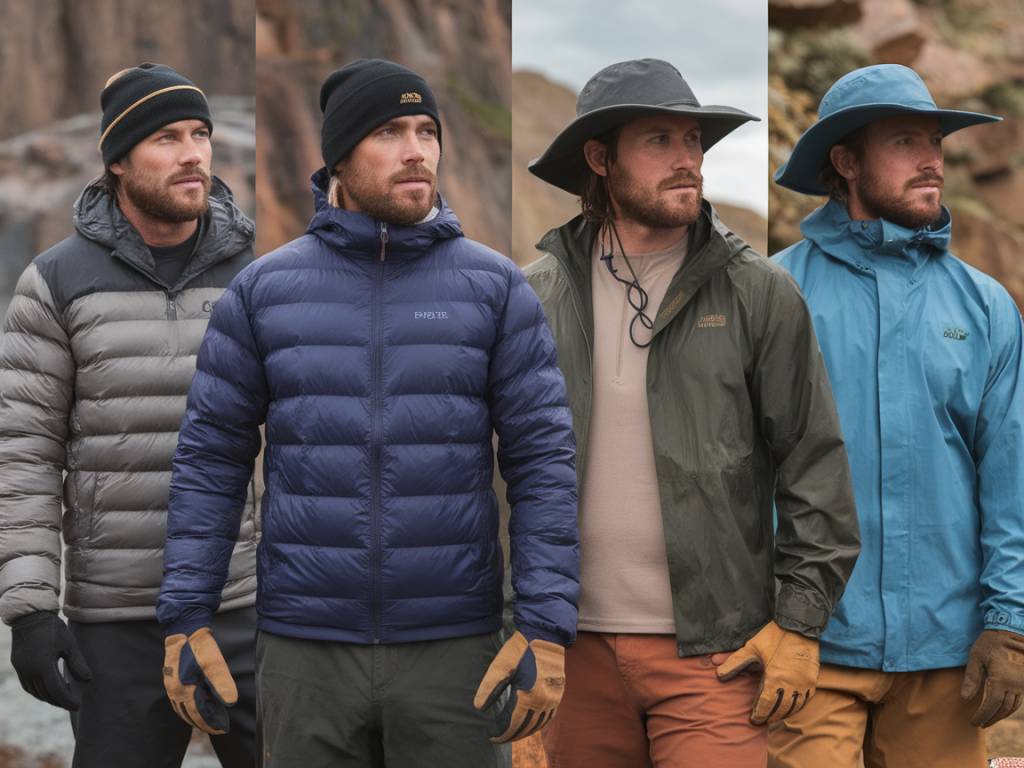 How to choose the right adventure clothing for every climate
How to choose the right adventure clothing for every climate